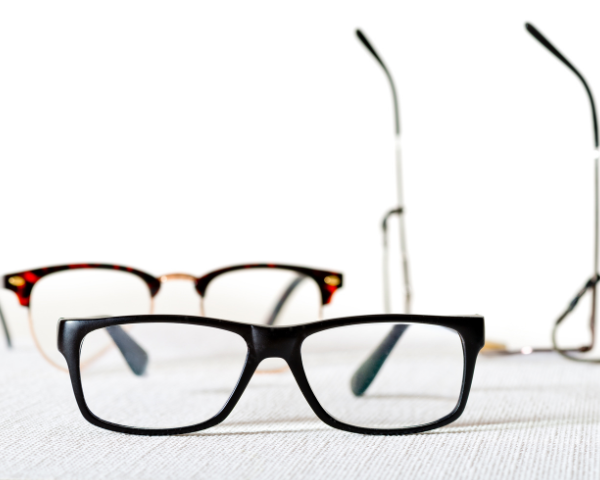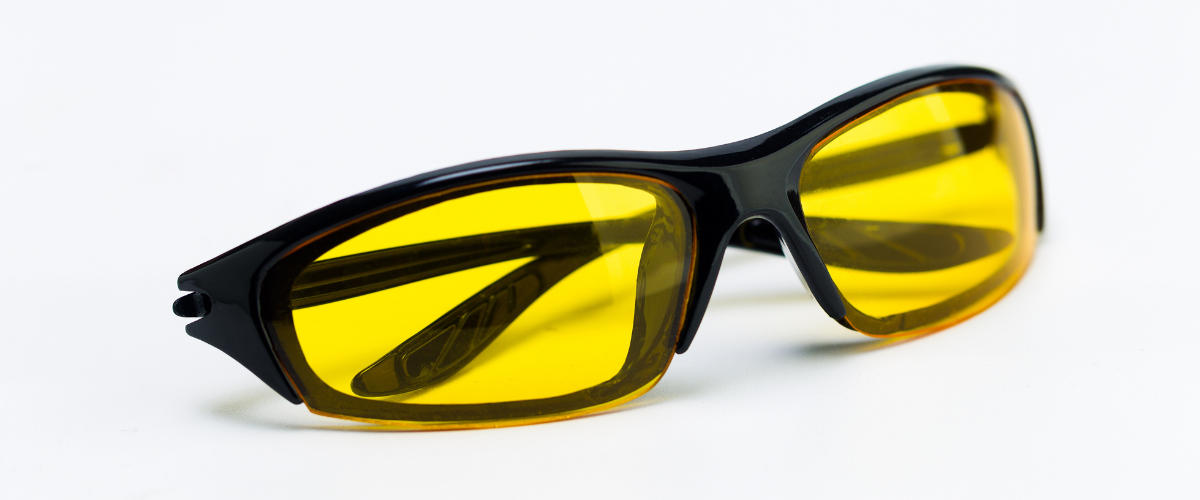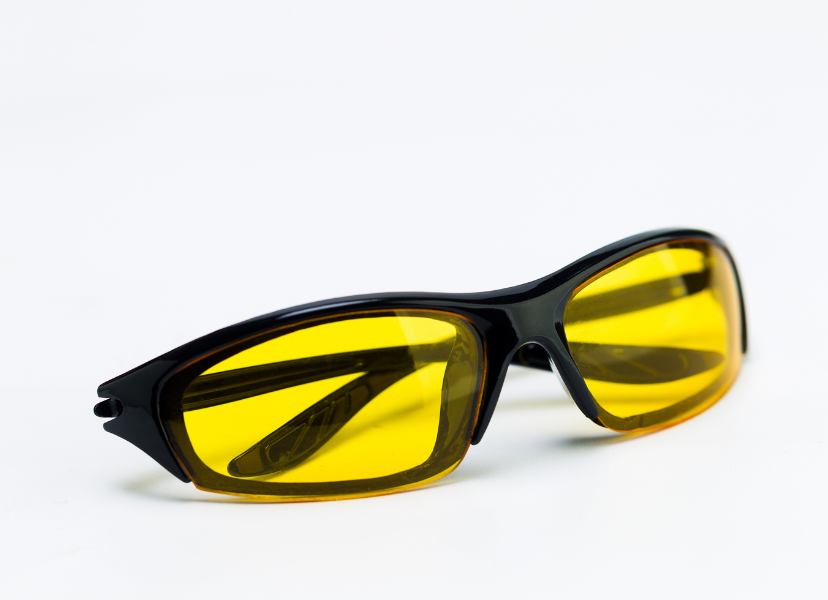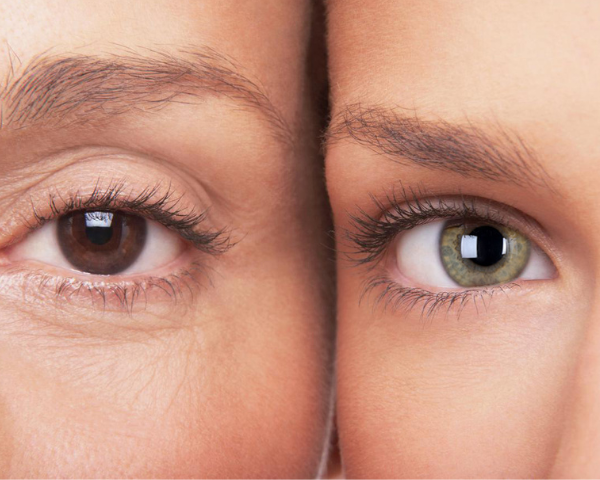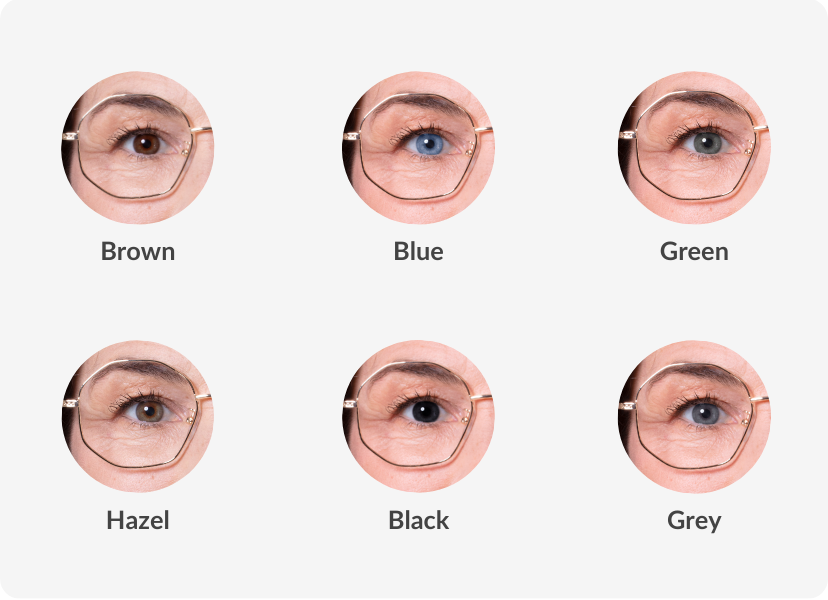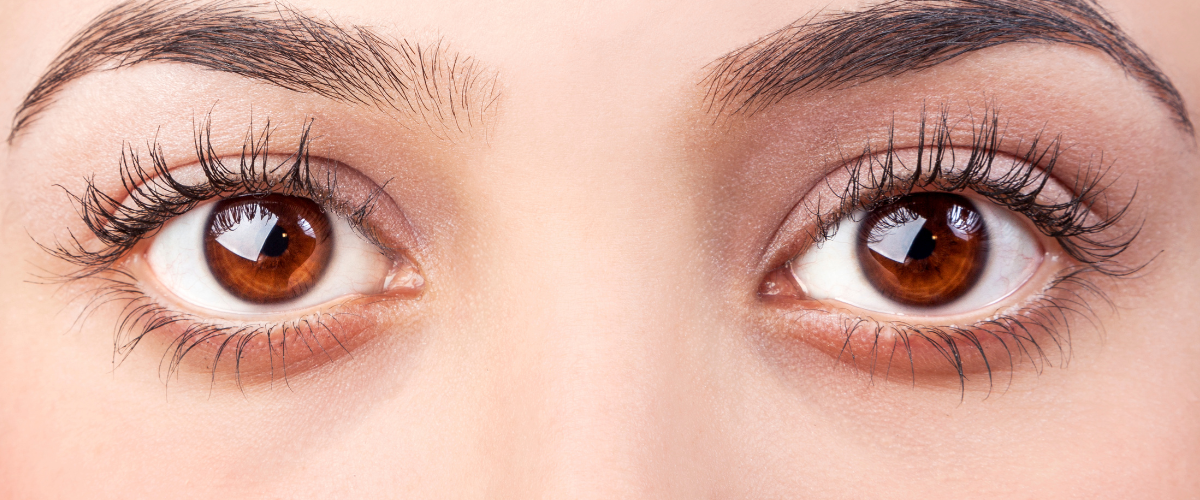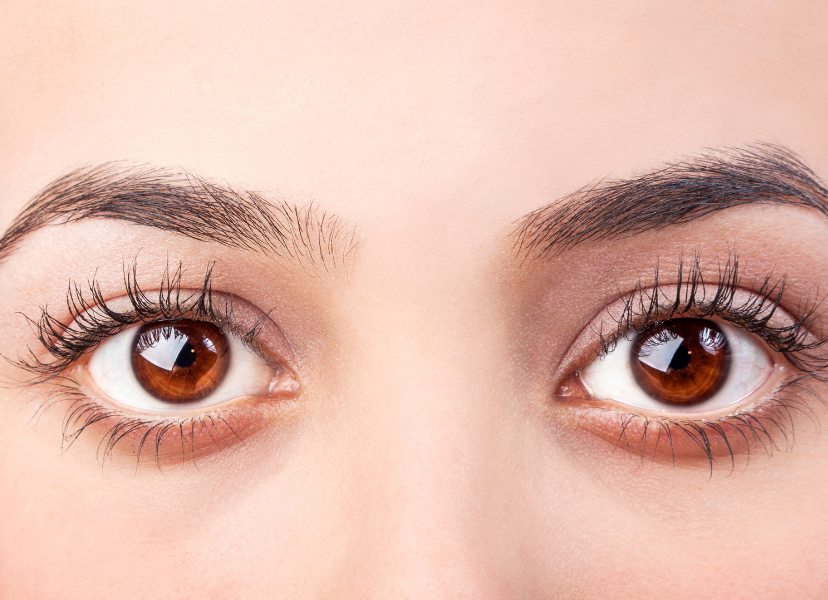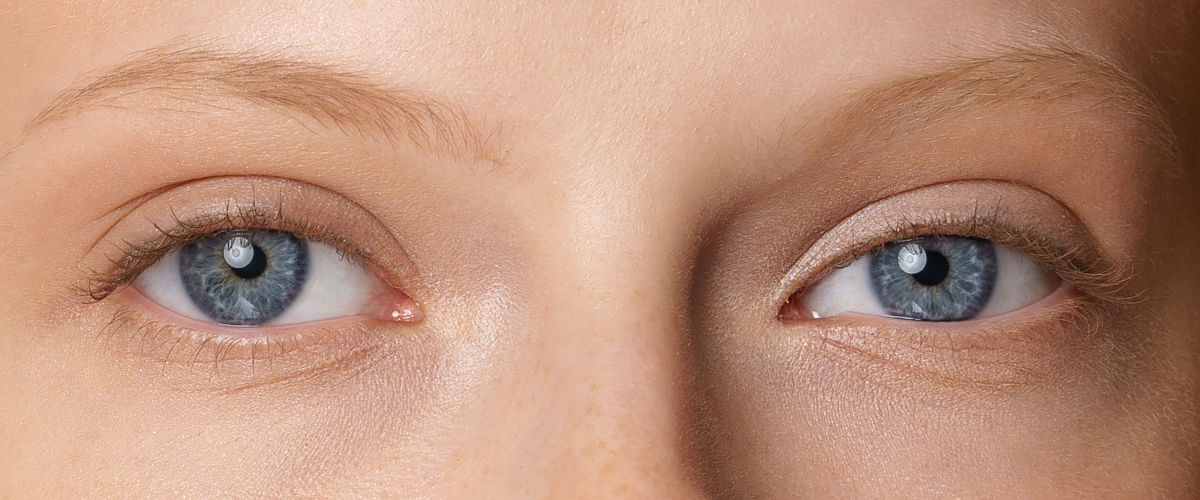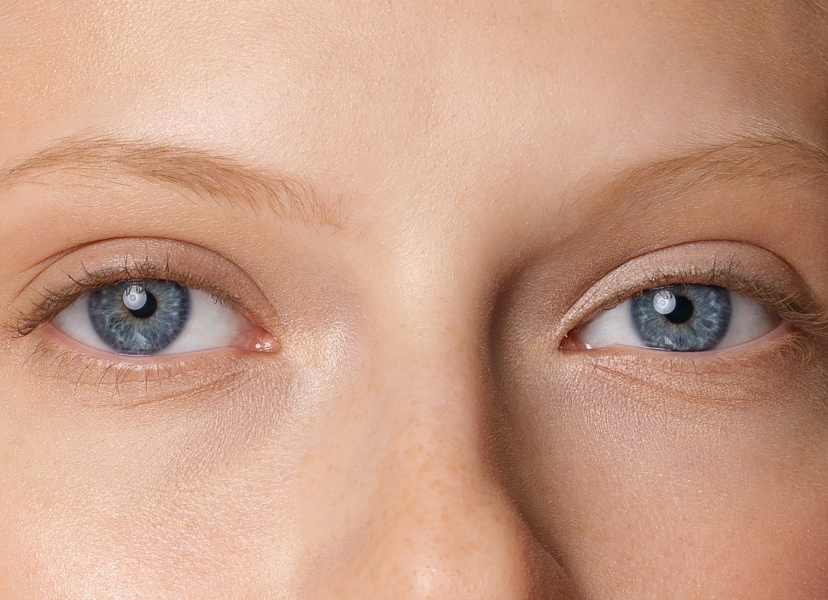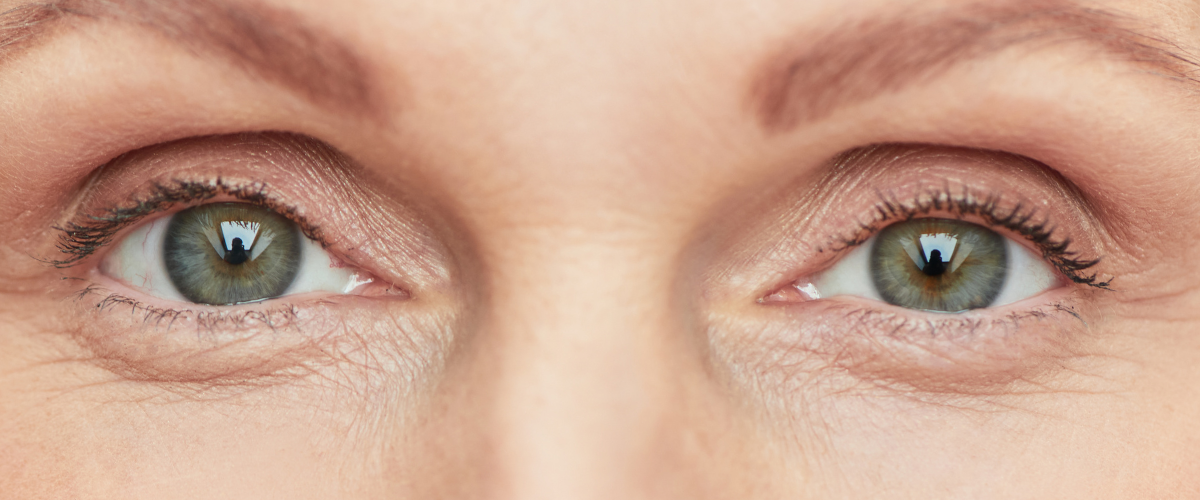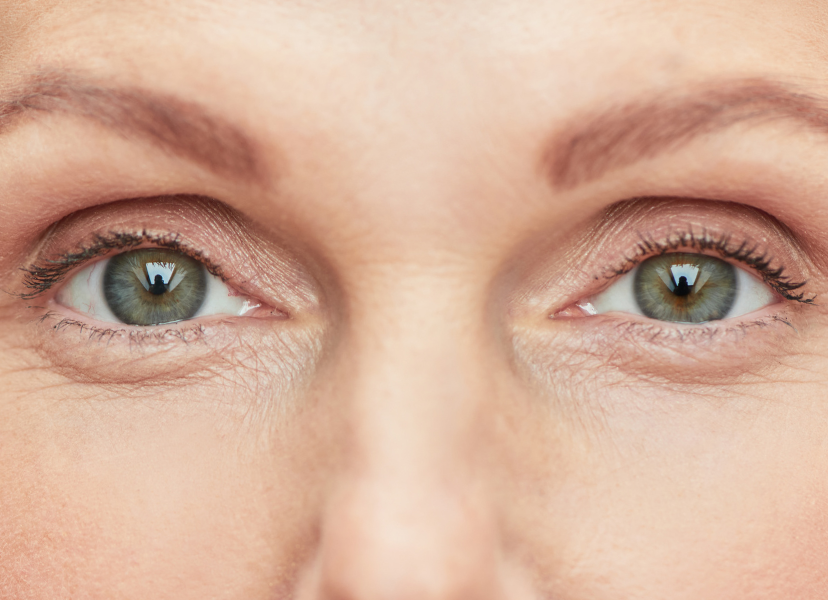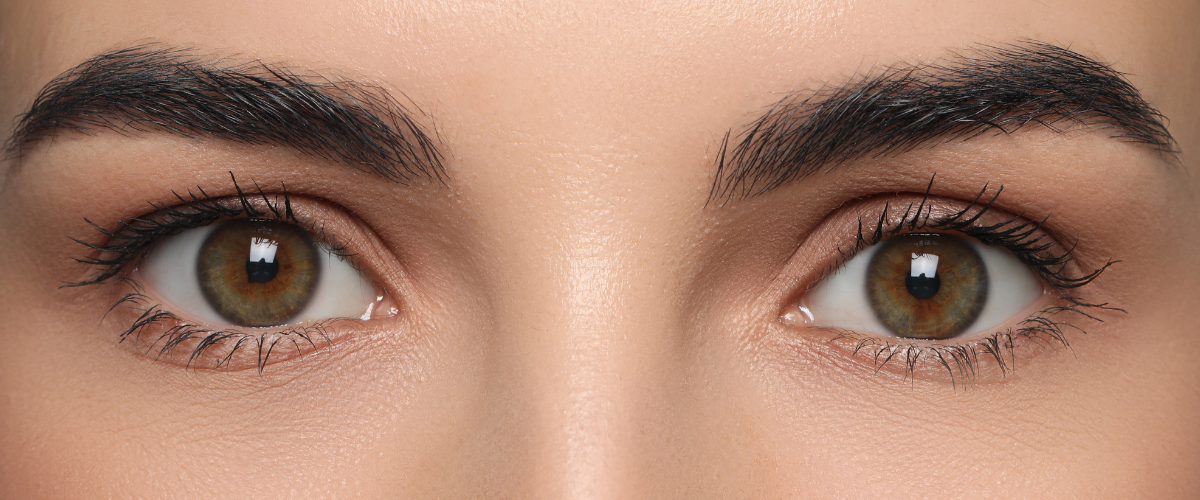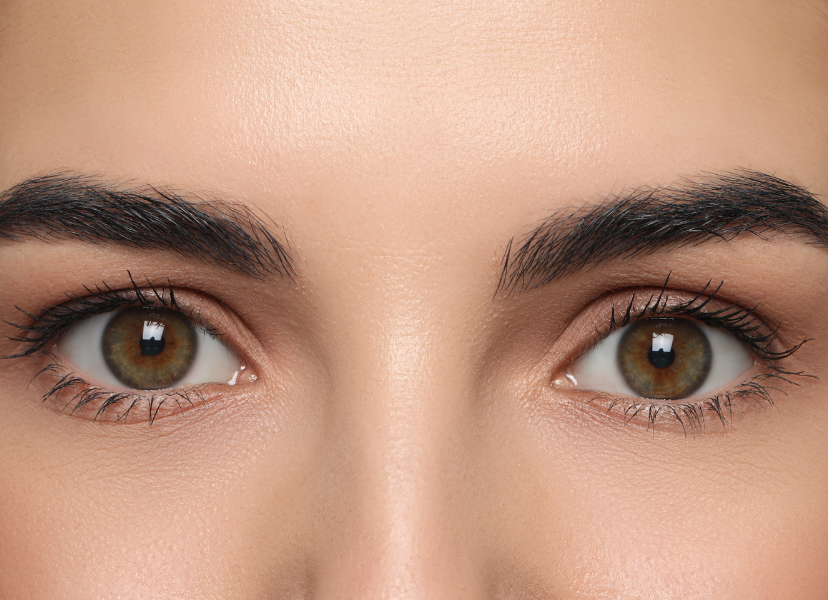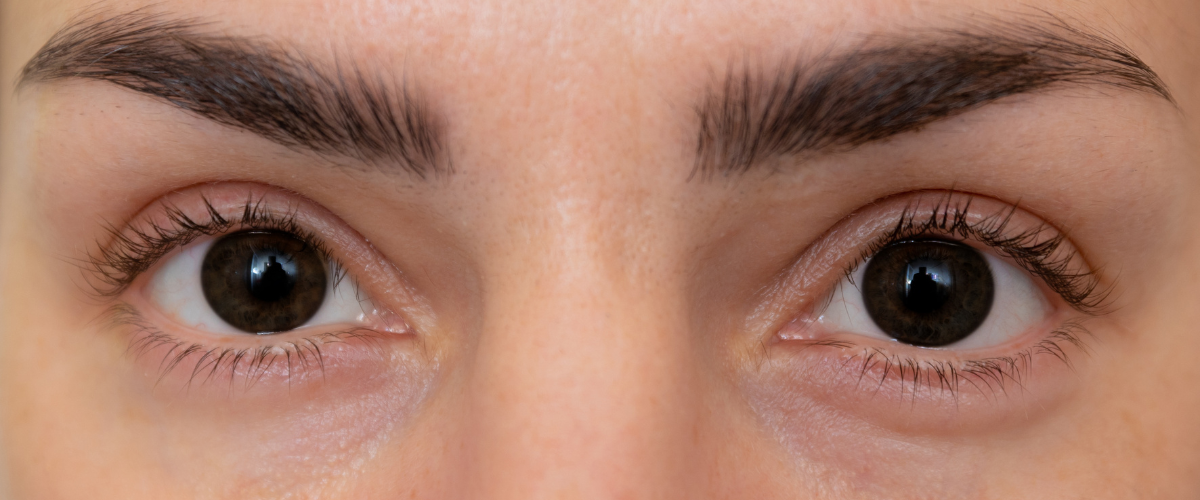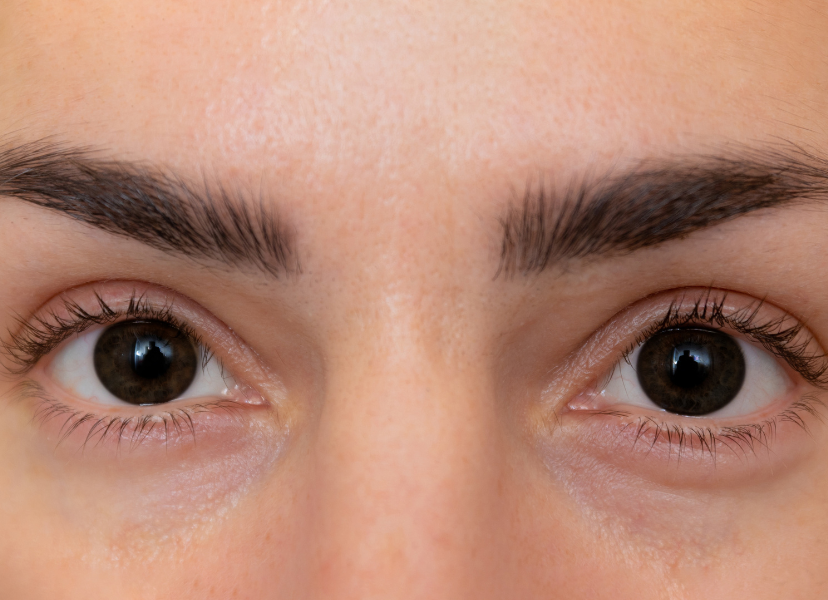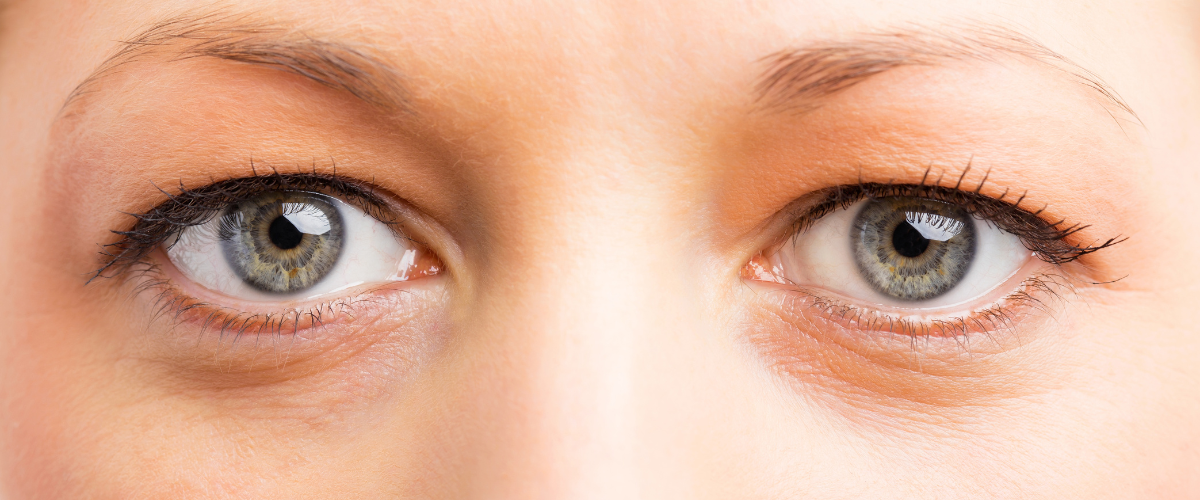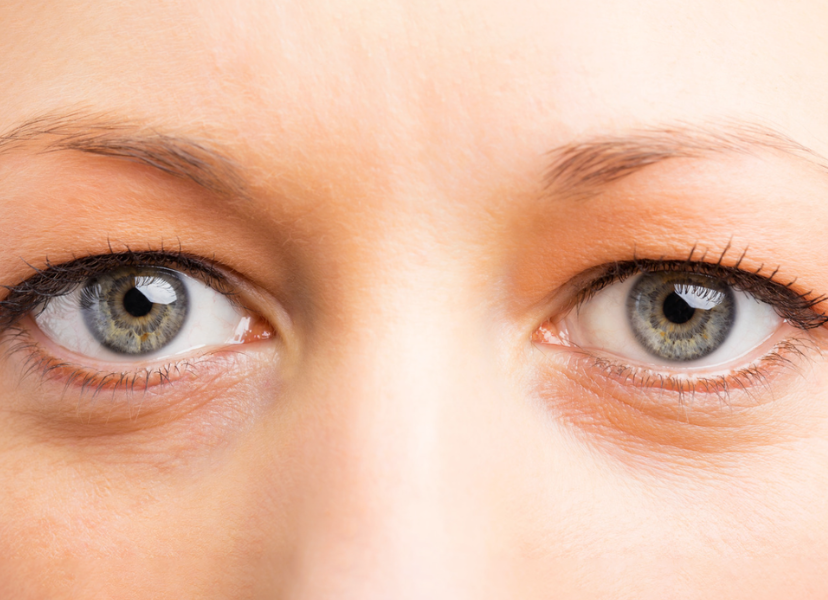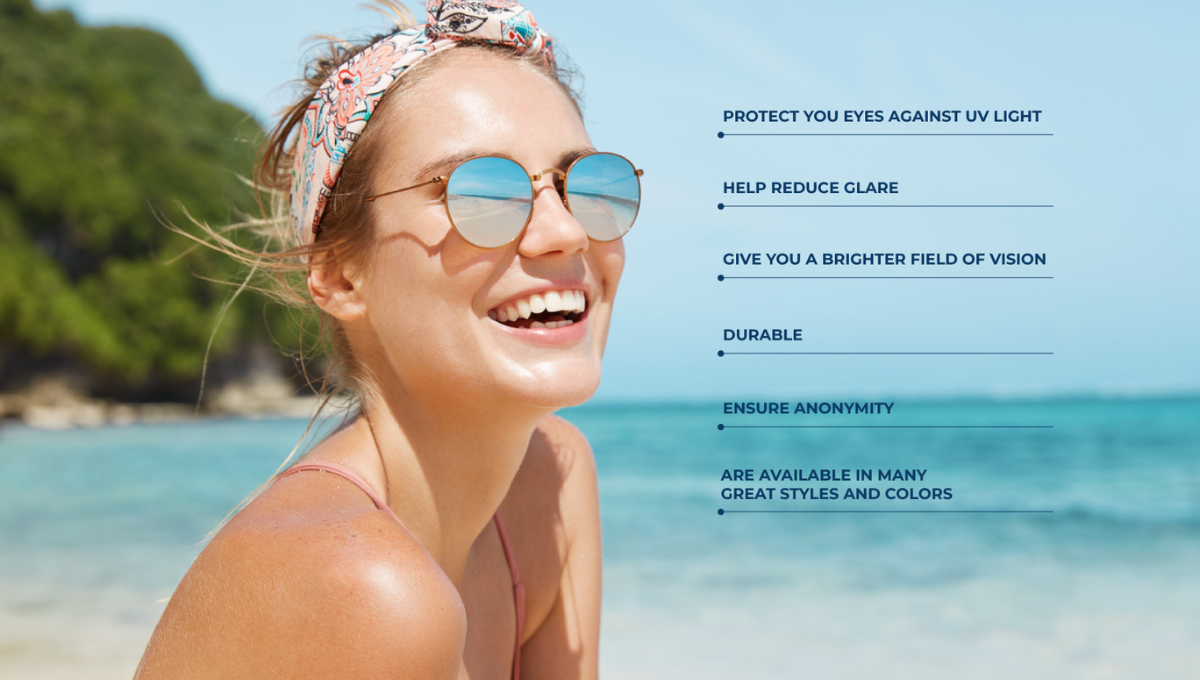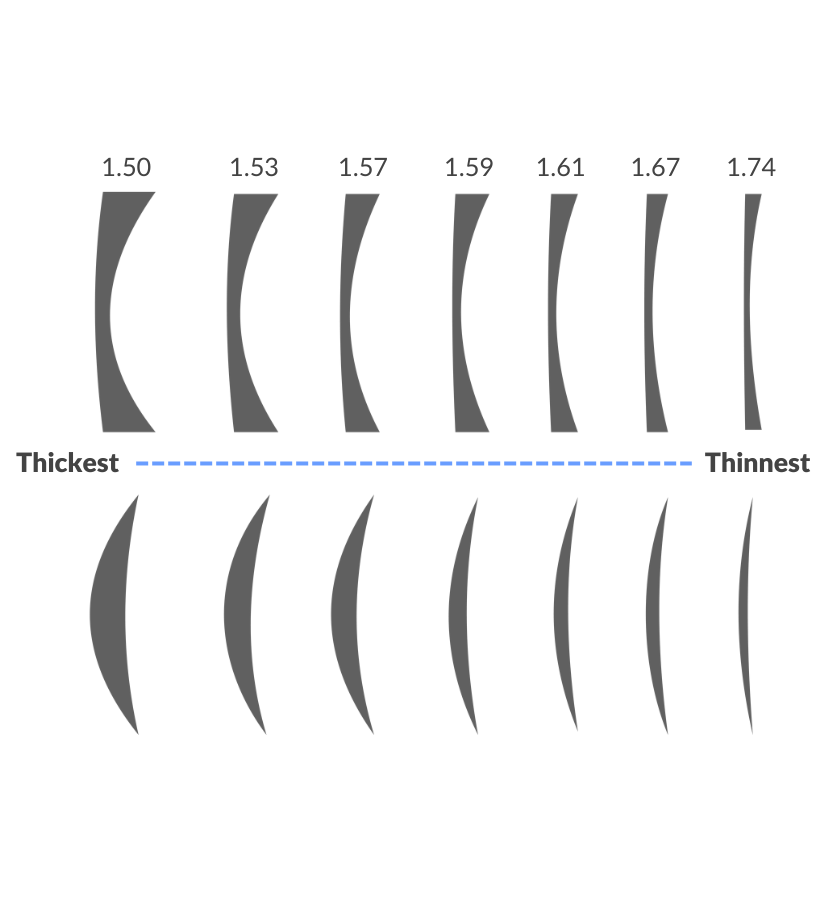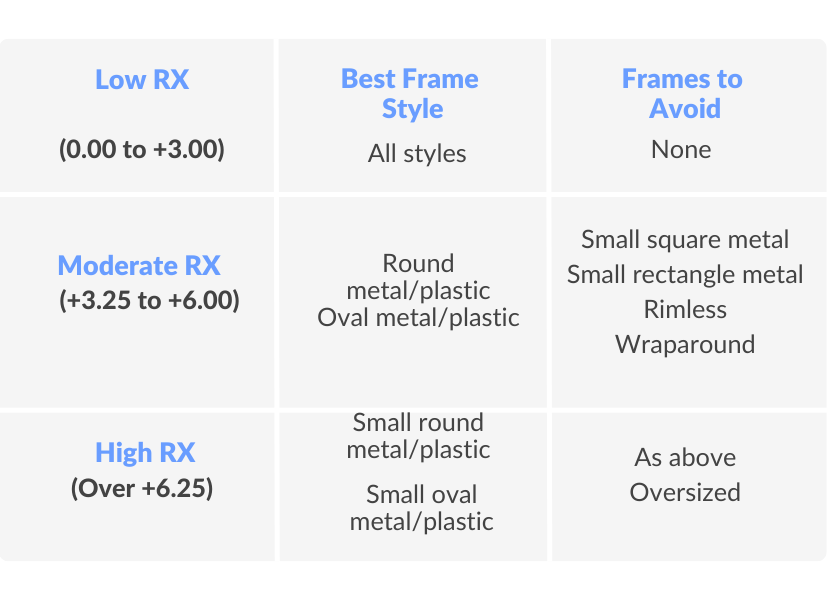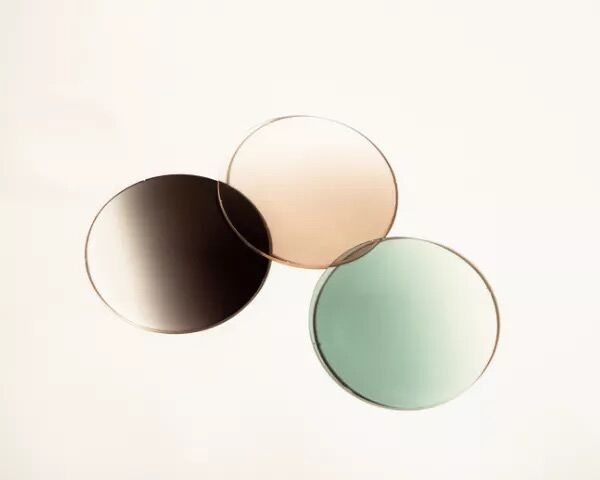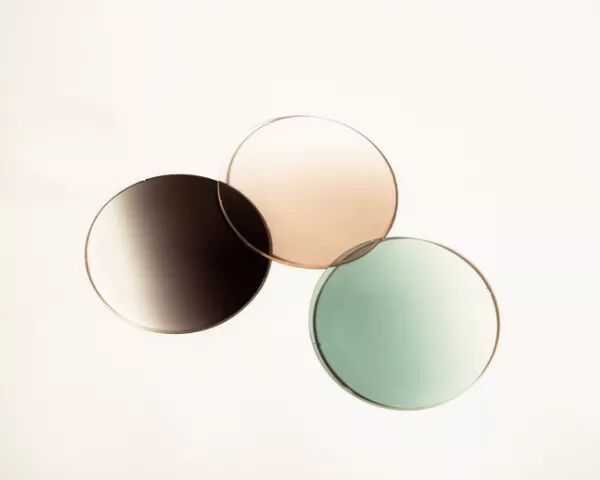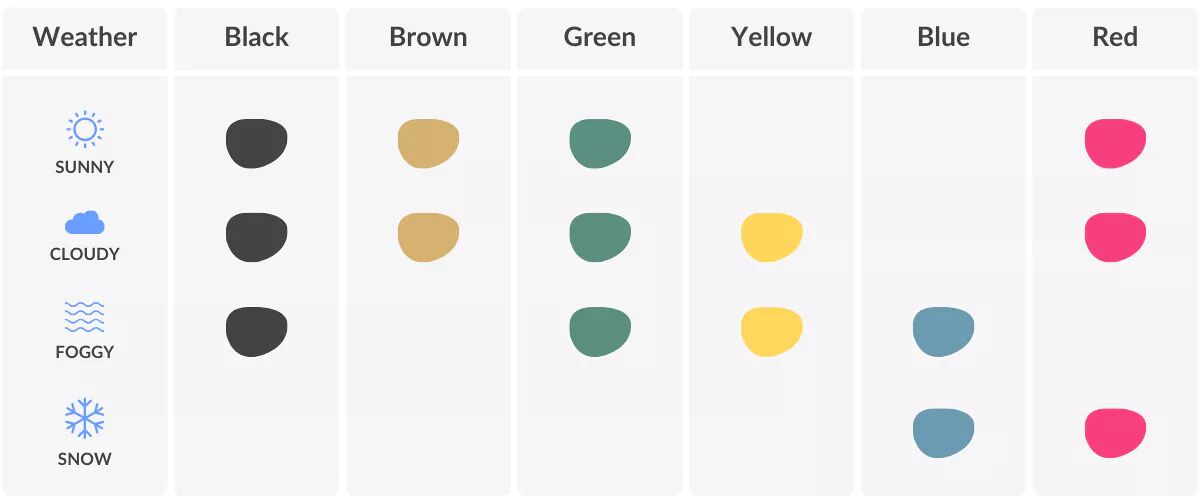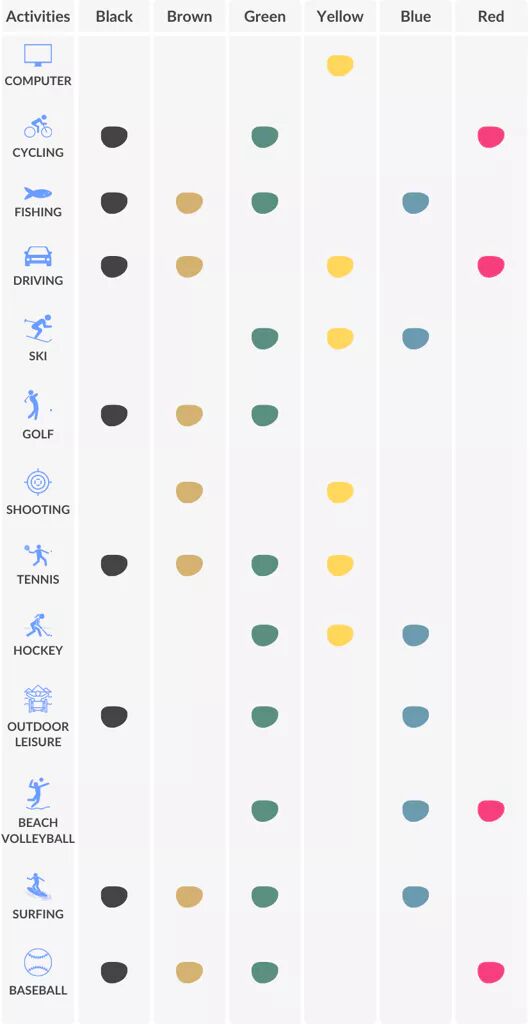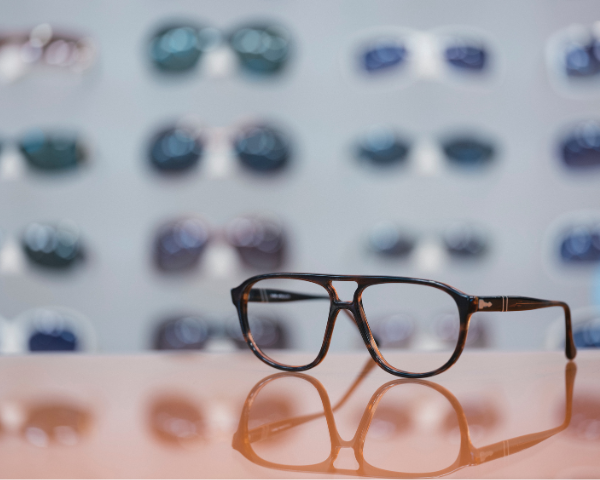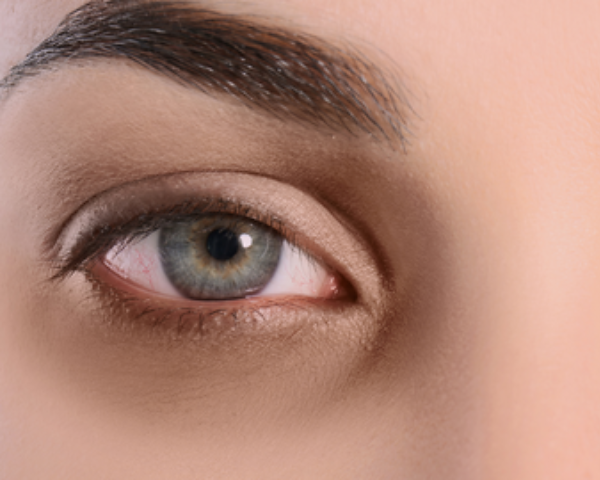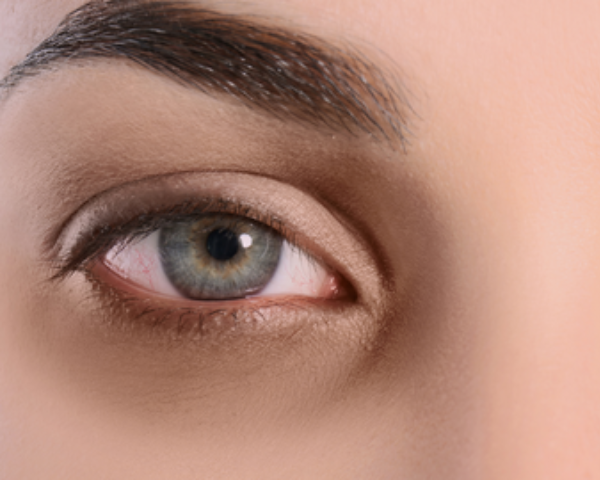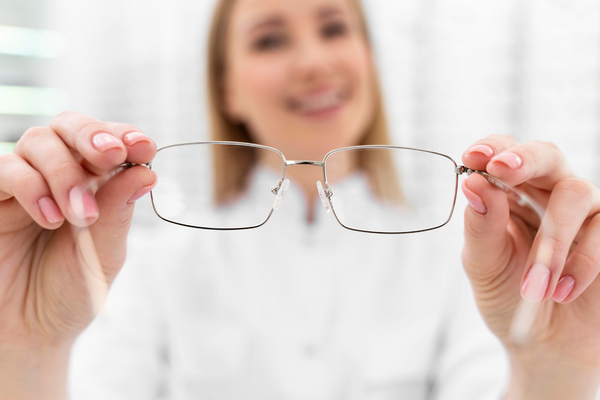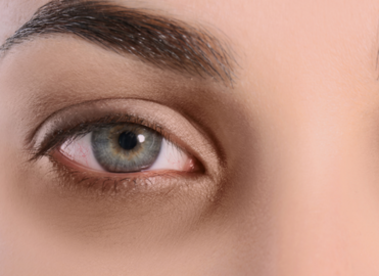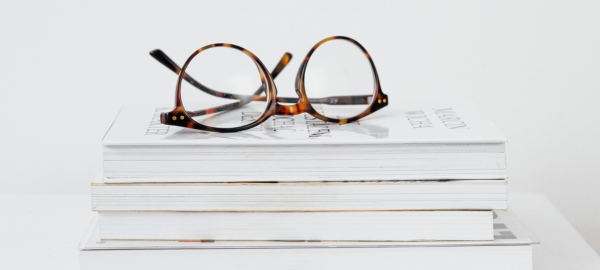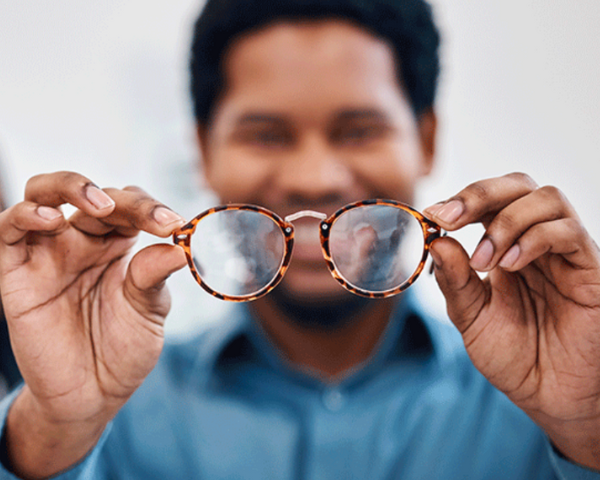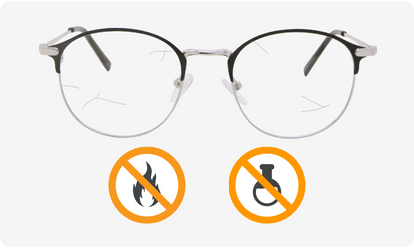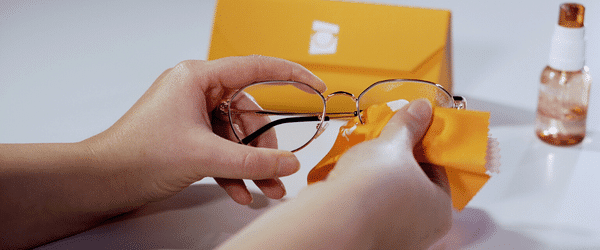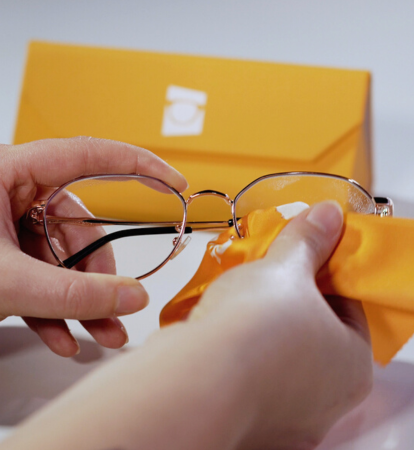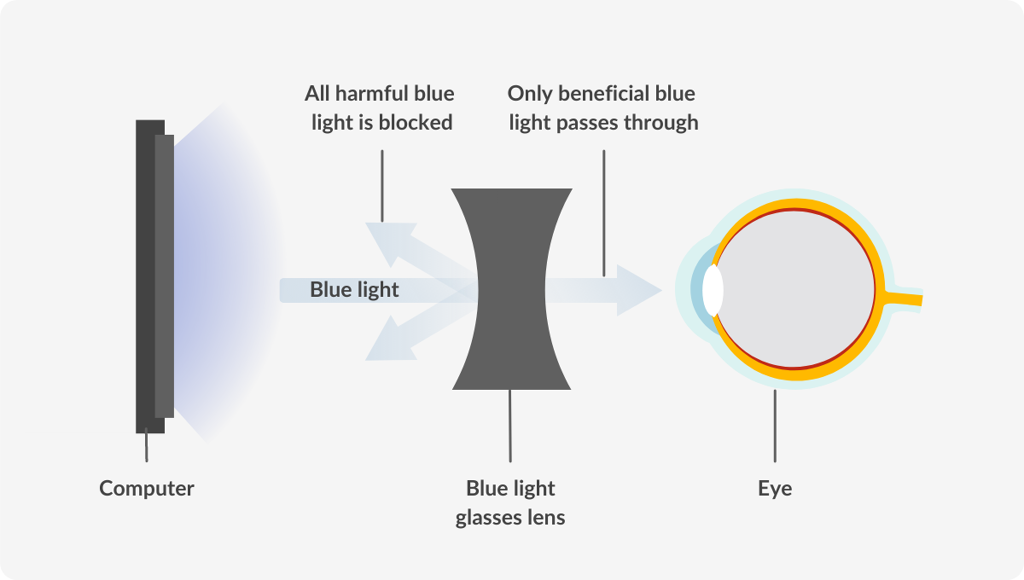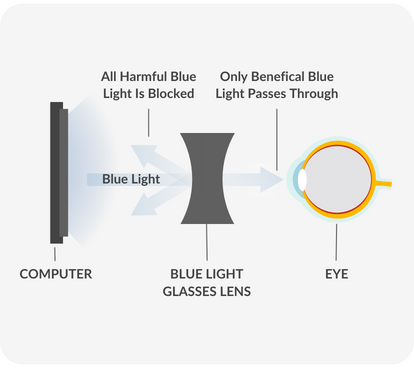
Reviewed by
Sharlene Mckeeman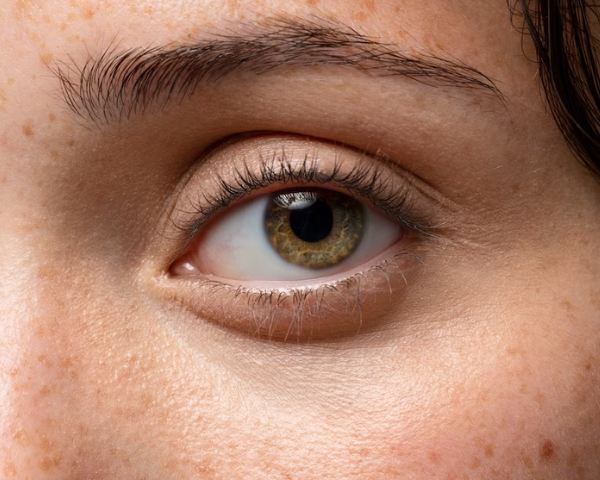
One of the first things you may notice about someone is their eyes. Their colour and expression can be quite prominent, revealing a lot about an individual.
The human eye can reflect someone’s personality and ancestry, show the amount of melanin in the iris and even give a glimpse into one’s current health condition.
Hazel-coloured eyes, while considered rare, are also thought to be one of the most beautiful.
According to researchers at the American Academy of Ophthalmology (2017), around 10,000 years ago, everyone had brown eyes.
Today, approximately 70-80% of the world’s population have brown eyes, making brown the most common eye colour. While not the rarest colour, only 5% of the population have hazel eyes.
How is eye colour determined?
The eye’s iris, the pigmented area surrounding the pupil, gives eyes their colour. Melanin is the pigment responsible for both eye and skin colour.
Hazel eyes are in the brown family, but they feature other colour hues like green and amber in addition to brown.
There is a complex network of genes that determine eye colour in humans. Most of these genes play a role in producing, transporting and storing melanin pigment.
The more melanin you have in your iris, the darker your eyes are. Therefore, people with brown eyes have the most melanin. People with the least melanin have blue, grey, or green eyes. Hazel eyes have more melanin than blue but less than brown.
Babies are not born with the total amount of melanin in their irises. More melanin may accumulate in the iris in the first few years of life, causing a child’s eyes to change or darken.
Blue eyes that change to brown develop significant amounts of melanin, while those that turn green or hazel produce slightly less.
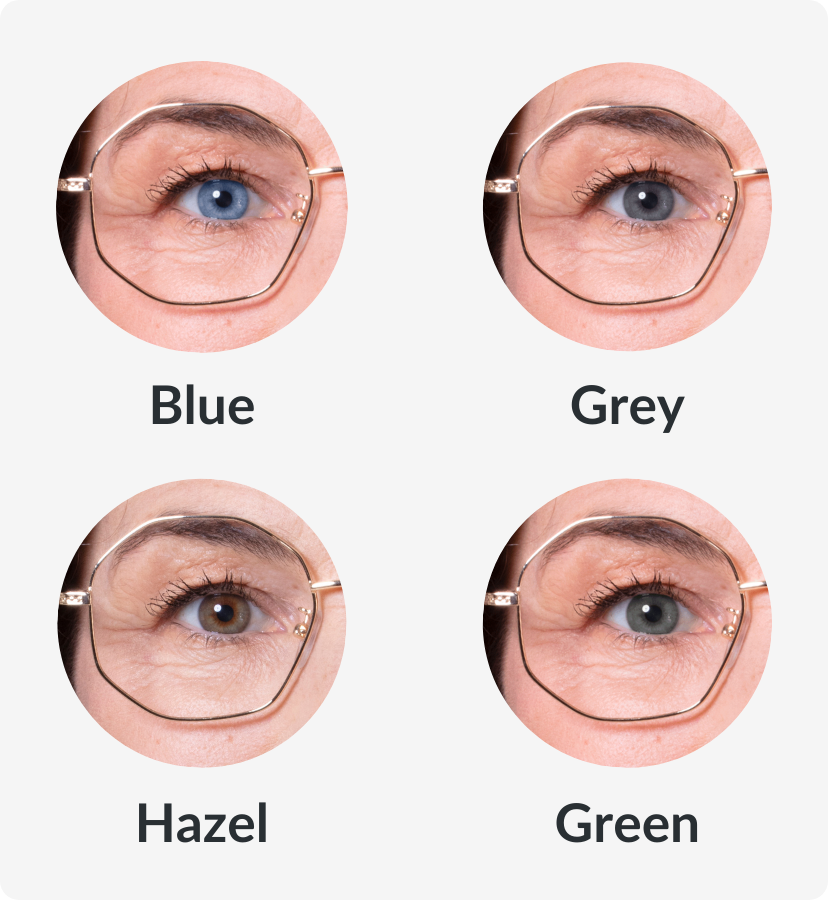
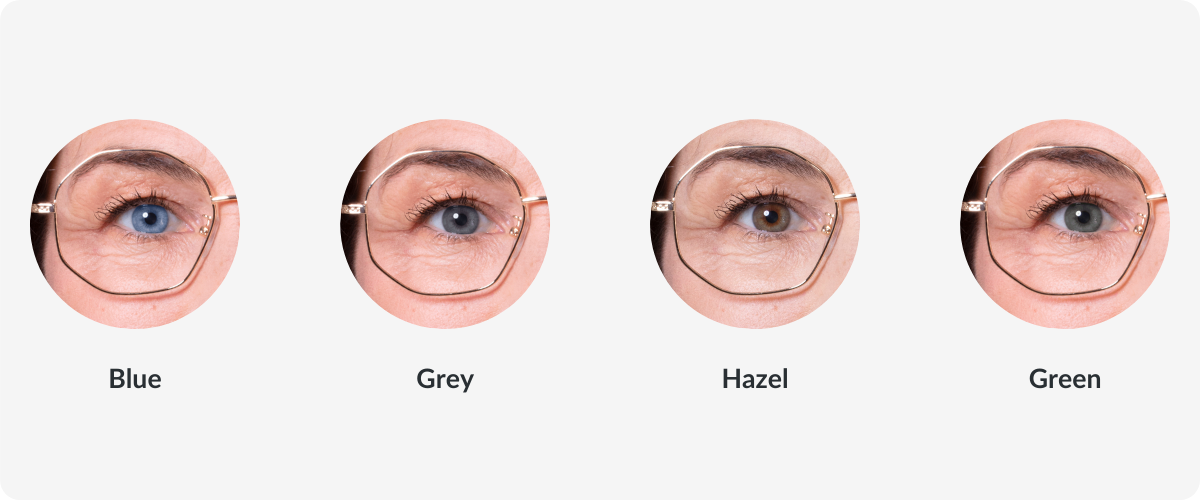
How does light affect different eye colours?
Have you ever noticed that eyes change colour in different environments? This is because of how particular light and sunlight hit and scatter within the iris. Melanin in the iris absorbs different wavelengths of light.
Eyes with a higher concentration of melanin (darker eyes) absorb more light and reflect less from the iris.
The opposite occurs in eyes with lower concentrations of melanin (light-coloured eyes); less light is absorbed, and more is reflected off the iris.
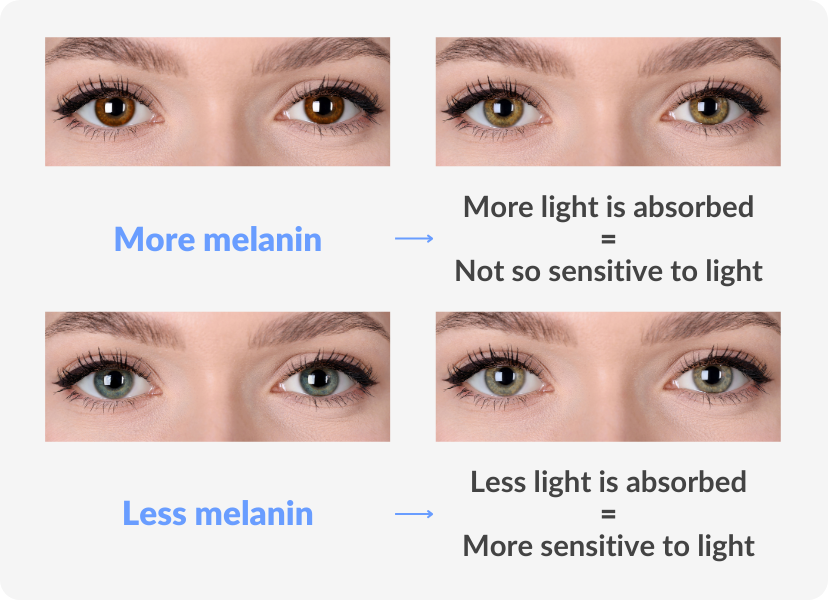
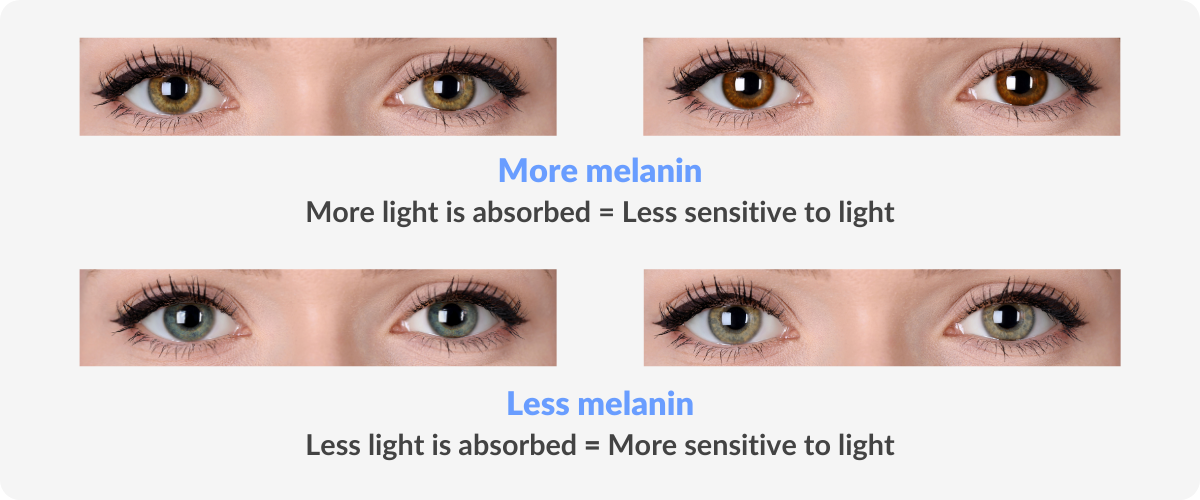
What causes hazel eyes?
Hazel eyes have been called the chameleon of eye colours, changing colour based on their surrounding environment. Are they green, gold, brown or a mix of all?
Hazel eyes are complex, and while what exactly determines hazel eye colour is still up for debate, researchers have narrowed it down to the amount of melanin present, scattering of light and perception.
Hazel eyes have a lower concentration of melanin, causing more light reflection off the iris. This higher level of reflection is why we tend to see changes in hazel, blue, or green eyes.
The distribution of melanin can differ in parts of the iris, causing hazel eyes to appear light brown near the pupil and greener at the edge of the iris.
DID YOU KNOW?
What's the difference between hazel and green eyes?
The main difference between green eyes and hazel eyes is how melanin spreads in the iris. As mentioned, the melanin in hazel eyes may vary in different parts of the iris, causing different eye colours to appear.
As light is reflected off hazel eyes, it produces other eye colours like green, brown or gold. The melanin in green eyes is more evenly dispersed, causing light to scatter so they appear as one colour: green.
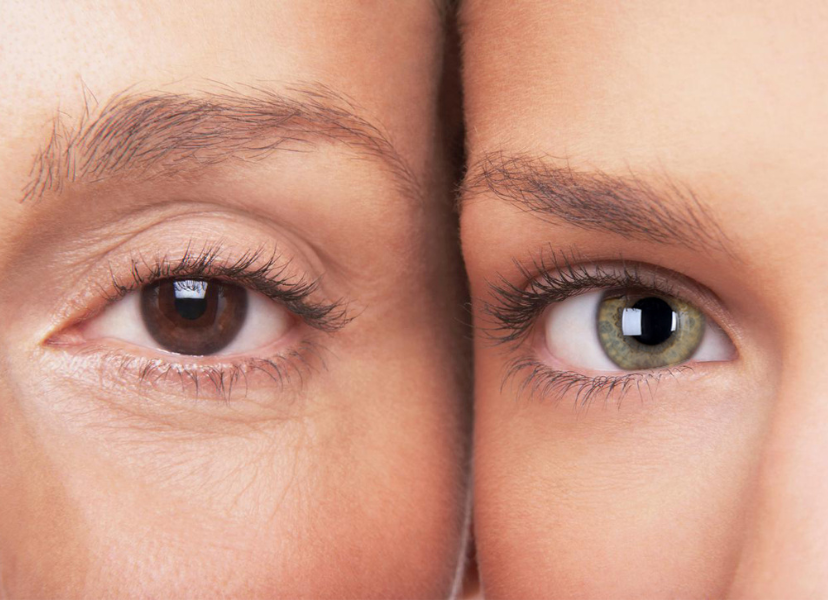
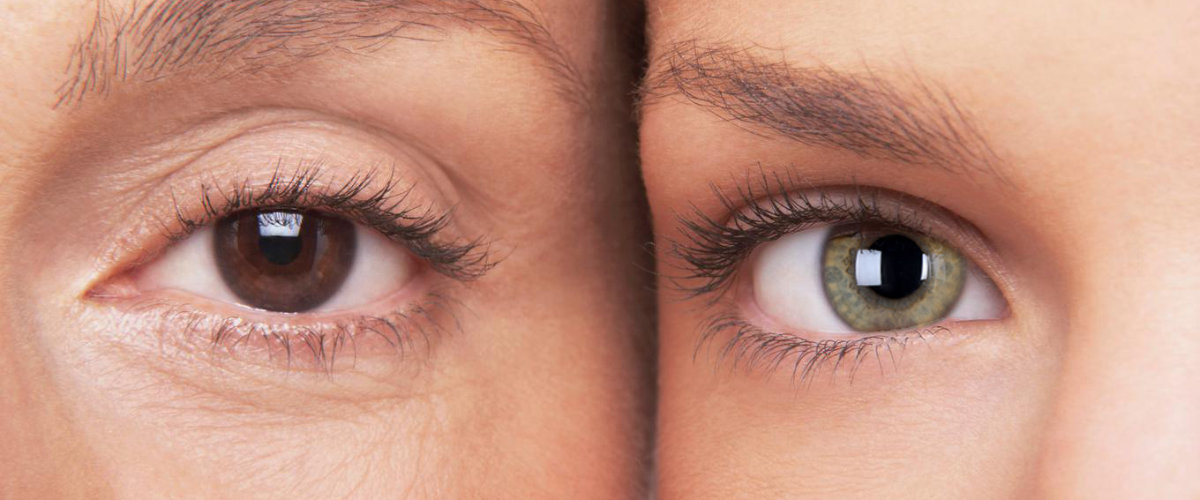
Are hazel eyes rare?
Only about 5% of the world’s population have hazel eyes, making them rare. While anyone can have hazel eyes, they are most commonly found among those of Middle Eastern, Brazilian, Spanish, or North African descent.
The rarest eye colour is green, with only 2% of the population having them. Even rarer than green eyes is heterochromia, a condition where a person has two different coloured eyes. Less than 1% of the world’s population has this condition.
Are people with hazel eyes more at risk for eye problems?
There are some links between eye colour and health factors. People with light-coloured eyes are more prone to ocular melanoma, also known as eye cancer.
This is because those with very light eyes have less melanin, a natural eye protectant.
Wearing sunglasses is a great way to shield your eyes from UV rays. Not only do they help you see clearer when outdoors, they protect against eye cancer and macular degeneration.
Sunglasses are beneficial when spending time outside even on a cloudy day as UV rays are still present.
Changing your eye colour with contacts
For those who are unhappy with their natural eye colour or want to try a different eye colour, coloured contacts may be an option.
Contacts come in various styles, allowing you to experiment with anything from grey eyes to dark brown eyes.
Colour contact lenses require a prescription. If you don’t have one, you can see your eye doctor for an eye exam. An eye doctor can help you choose the best contact lenses for your lifestyle needs.
It is crucial to read the instructions to ensure you have the correct contact lenses and know how to use them.
If worn improperly, they can cause eye irritation, infection, or even sight loss. Always speak with an eye care professional before wearing contacts.
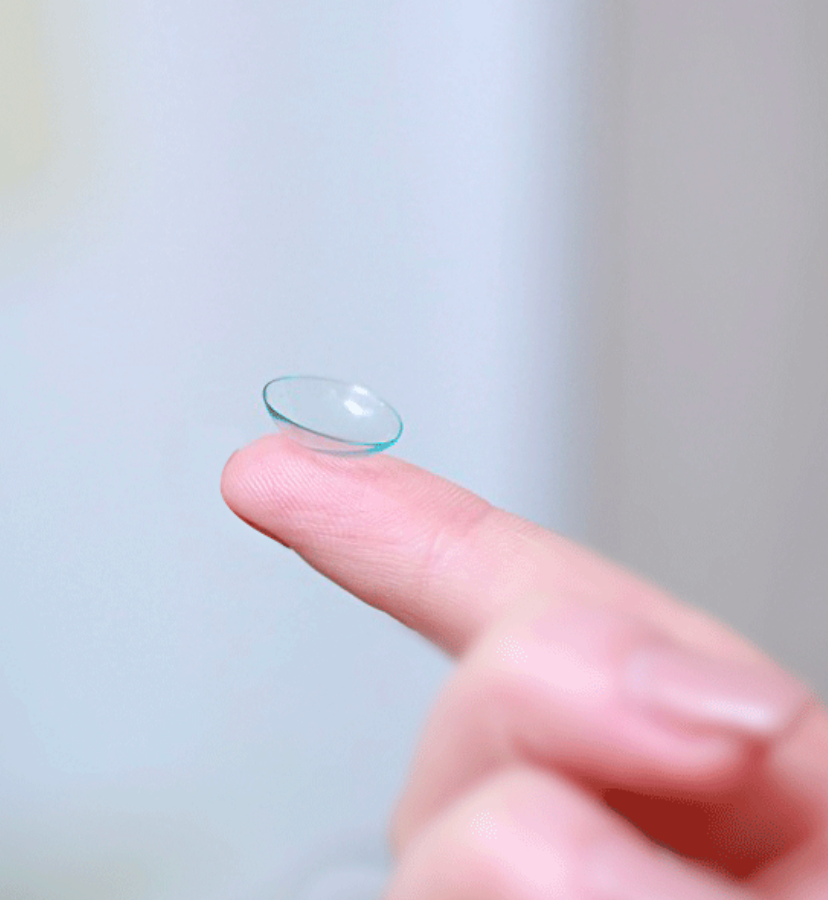

What makes hazel eyes unique?
Hazel-coloured eyes reflect light in a way that makes them change colour. Considered unique because they feature a combination of various colours like brown, green and amber, they are often divided into hazel brown or hazel green eyes.
To enhance your eye colour even further, try wearing different shades that bring out and complement your hazel eyes.
Eye colour is a distinctive and beautiful trait that reflects a lot about someone. It is essential to remember that no matter what your eye colour is, you must take care of your eyes.
Seeing an eye doctor, wearing prescription eyewear if necessary and protecting them from UV rays are a few ways to get started.
Head to our Optical Centre to read more about eye health or to speak with one of our in-house opticians.
Reference list
American Academy of Ophthalmology. (2017, April 7). Why Are Brown Eyes Most Common? Retrieved May 3rd, 2023, from https://www.aao.org/eye-health/tips-prevention/why-are-brown-eyes-most-common

































